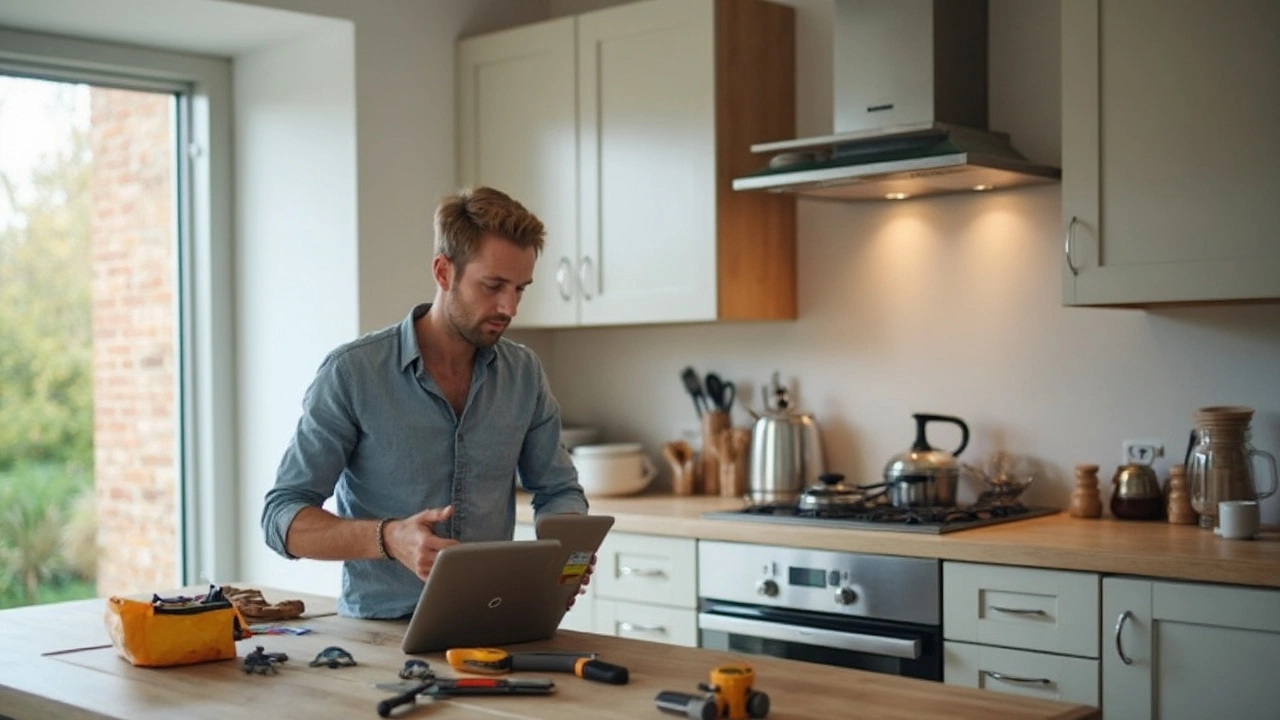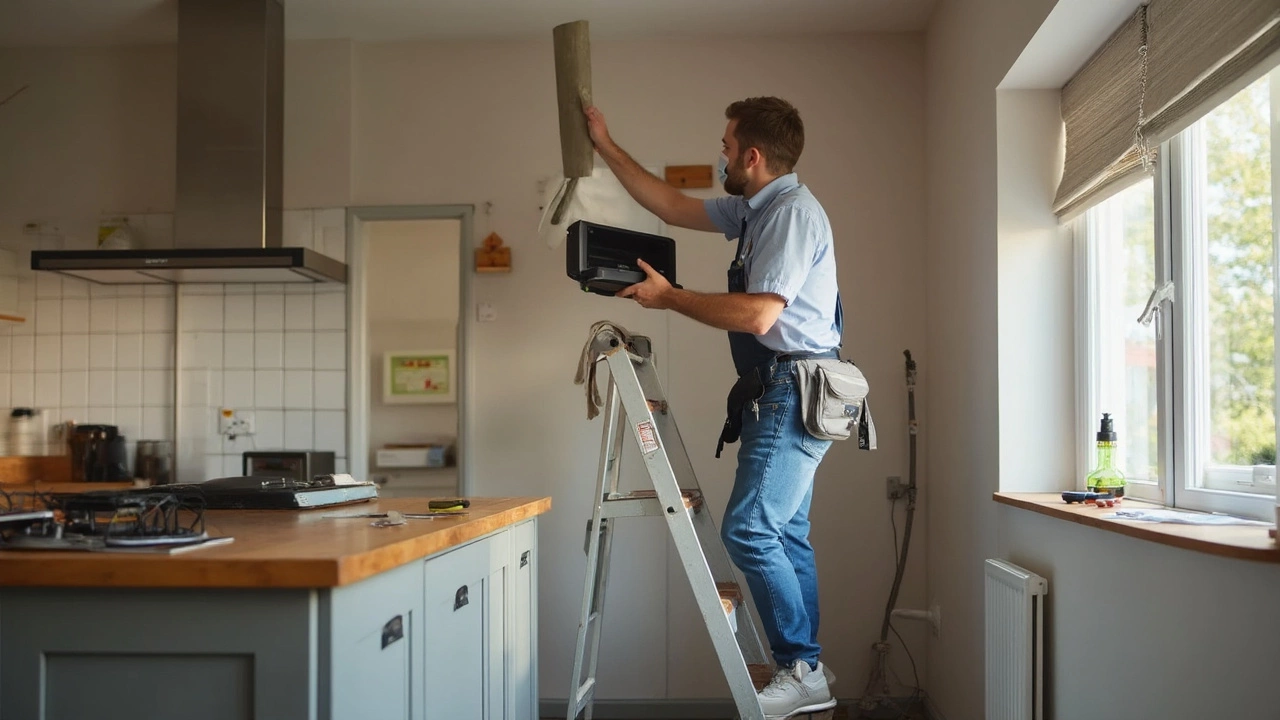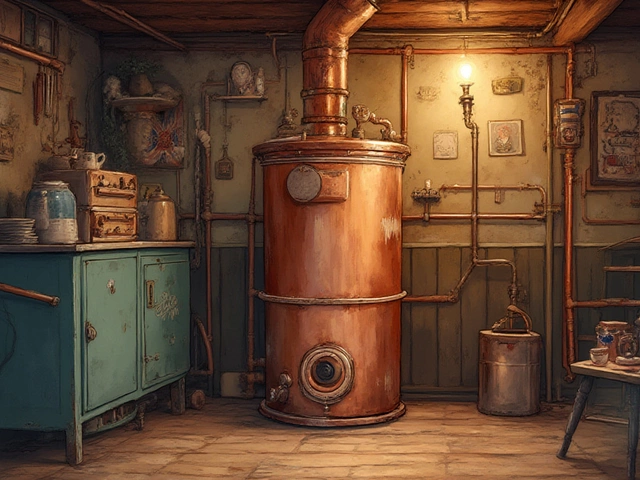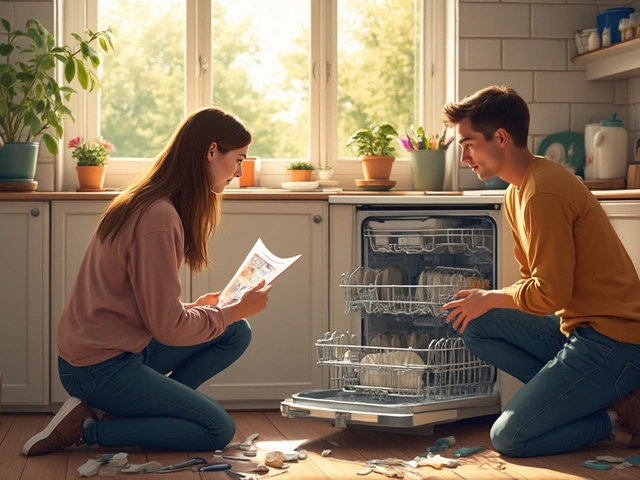Got a broken oven, a noisy washer, or a cold shower? You don’t always need to call a pro. Our DIY guides show you how to tackle the most common appliance problems with tools you already have at home. From swapping a hob element to flushing a water heater, each guide gives clear steps you can follow right now.
One of the easiest wins is replacing a faulty electric hob element. Turn off the power, remove the old burner, and snap in a new one – you’ll hear that satisfying click and see the heat return in minutes. The same basic approach works for oven elements: locate the screws, disconnect the wires, and swap the part. Both jobs need a screwdriver and a replacement part, which you can order online.
If your heat pump isn’t blowing warm air, start by checking the filter. A clogged filter forces the unit to work harder and can block warm airflow. Clean or replace the filter, reset the thermostat, and you’ll often restore normal performance without opening the whole system.
Cold showers? A water heater that keeps resetting usually has a sediment buildup. Flushing the tank once a year clears the debris, improves heating efficiency, and stops random shutdowns. Just attach a garden hose to the drain valve, let the water run, and then refill the tank.
Extractor fans in kitchens and bathrooms lose power when the motor or wiring fails. Most fans are mounted with a few screws. After turning off electricity, remove the cover, check the wiring for loose connections, and replace the motor if it’s noisy or doesn’t spin. A new fan can be installed in under an hour.
Always switch off the power at the breaker before you start any repair. A quick test with a voltage tester confirms the circuit is dead, protecting you from shocks. If you’re unsure about a step, pause and look up a video or ask a friend who’s comfortable with tools.
Keep a tidy workspace. Lay out all screws, nuts, and small parts on a tray so nothing gets lost inside the appliance. When re‑assembling, tighten fasteners just enough – over‑tightening can crack plastic housings or strip metal threads.
Know your limits. Repairs involving gas lines, sealed refrigerant systems, or high‑voltage components should be left to licensed professionals. Trying to fix a boiler yourself can be dangerous and might void your warranty.
By following these simple checks and using the right parts, you can save money, learn new skills, and keep your home running smoothly. Browse our full list of DIY articles for deeper details on each appliance, and get back to enjoying a fully functional kitchen and laundry room without the wait.
Remember, the best DIY repair is the one you start confidently and finish safely. Grab your tools, read the guide, and give your appliance a second chance today.

Thinking about swapping out your extractor fan? This article breaks down when you really need a licensed electrician and when you might handle it yourself. Learn what risks and rules are involved, plus some practical tips for a painless install. Get clear answers on costs, permits, and what can go wrong if you take shortcuts. If you want fast, safe, and lasting results, this guide walks you through everything step-by-step.

Extractor fan acting up? If you’re wondering who handles extractor fan replacement, this article breaks it down. Learn the difference between calling a pro and tackling it yourself, get tips on when to fix or swap out a fan, and find out what skills and tools make the job smooth. Real, practical advice from someone who's been around finicky fans and quick fixes. Don’t let poor ventilation keep bothering you—get the facts and decide what works best.

Wondering if you can swap out an extractor fan without calling in a pro? This article breaks down what it really takes to replace an extractor fan yourself, from the easy steps to watch-outs that could trip you up. Learn which tools you’ll need, how to stay safe with electricity, and where to draw the line and call an expert. Get helpful tips and facts straight from a practical perspective. Perfect for anyone ready to tackle a home repair without risking their safety or their ceiling.

Flushing your water heater is an essential maintenance task that can extend its lifespan and improve efficiency. As water heaters age, sediment and minerals build up, potentially leading to costly repairs or irreparable damage. Learn how often you should flush a ten-year-old water heater and whether it's worth considering professional help. Discover practical tips and insights for maintaining this critical home appliance effectively.

Is it possible for a hot water heater to last 30 years? Here’s a detailed look at what determines water heater longevity, what rare cases look like, and how you can extend your heater’s life with smart habits.

Thinking about replacing your electric oven on your own? This article breaks down what you need to know about doing it yourself— from basic safety to common pitfalls. Learn how tricky the process can get, which tools you might need, and when it's smarter to call a pro. Get tips to save money and avoid kitchen disasters. Designed for anyone who values a good meal and a working oven.

Is your heat pump not blowing warm air? Here’s what causes it and how you can troubleshoot the issue. Easy fixes and tips for a cozy home.

When your dishwasher starts acting up, a quick, accurate diagnosis can save you from bigger headaches and pricey repairs. This article walks through simple methods to spot dishwasher problems, from weird noises to stubborn leaks. You'll learn what to check first, how to tell if it's a DIY fix, and when it's time to call in a pro. Handy tips and real-life examples make this guide easy to follow, even if you're not a born handyman. Don't let a small hiccup become a kitchen disaster — know what to look for and act fast.